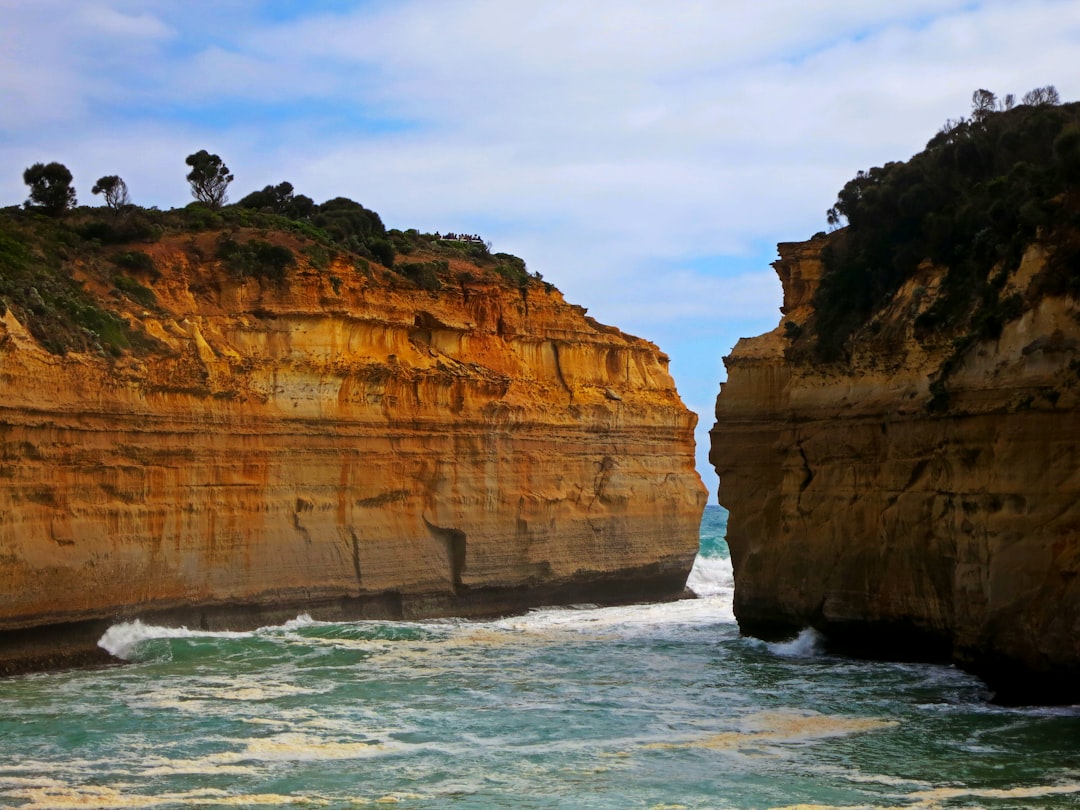What is it about?
The Satpura Mountains of central India represents an ancient orogenic belt of the Mesoproterozoic time. It has a distinct sygmoidal (S-shaped) geometry with long EW and short NE–SW alignments. The mountain belt has been affected by tectonic activities throughout the geological past. The association of high seismicity, high heat flow and high Bouguer gravity anomaly with high topography of the region is a very distinct feature of the mountain range. Present analysis demonstrates that the average velocity for central India has a value of ~54 mm/year towards N050°. The velocity field vector can be partitioned into an eastward component parallel to the Satpura Mountain Belt and a northward component across the belt. The partitioned components provide evidence for sinistral strike–slip deformation of anomalously high shear strain rate of ~3 X 10-9/year in the region. Similar high shear strain rates are also found from the strain determined by GPS data. An extremely high rate of extensional strain (~600 X 10-9/year), which is comparable to that of the continental rift systems, is recorded from geodetic data of the Satpura Mountain Belt and the adjacent regions. Regional sinistral shape of the Satpura Mountains involved in a sinistral-slip transtension regime is interpreted to be the cause of high extensional and shear strain regime of the area. The occurrence of normal faulting detected in several deep seismic sounding profiles, the Moho upwarp, crustal thinning, high heat flow and high seismicity of the Satpura region are explained by this tectonic model.
Featured Image
Why is it important?
An extremely high rate of crustal strain comparable to that of the continental rift systems is recorded from geodetic data of the Stable Continental Interior.
Read the Original
This page is a summary of: Crustal Strain Patterns in the Satpura Mountain Belt, Central India: Implications for Tectonics and Seismicity in Stable Continental Regions, Pure and Applied Geophysics, May 2010, Springer Science + Business Media,
DOI: 10.1007/s00024-010-0152-7.
You can read the full text:
Contributors
The following have contributed to this page










